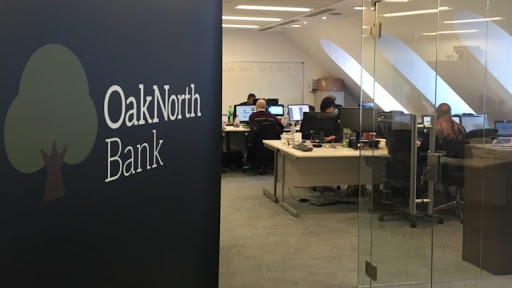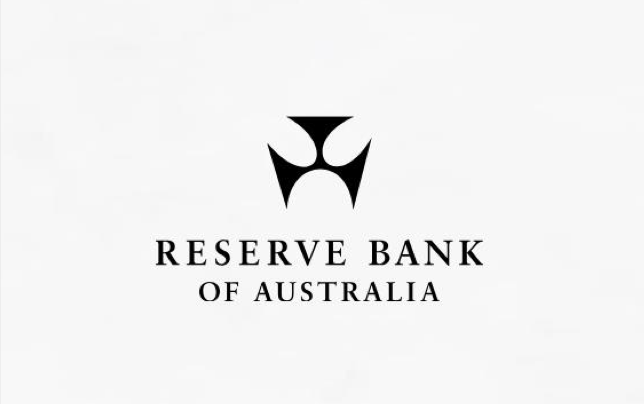
OakNorth’s CIO Sean Hunter on how banks can use technology and manpower to excel in disbursing government assistance
via Tearsheet
The current COVID-19 crisis presents a massive challenge to the financial industry. And like every crisis, it also presents an amazing opportunity to service customers in entirely new ways. In the US, the CARES Act and its Paycheck Protection Program mean banks will need to process approximately 50 times their normal annual loan volume in the next 30 to 60 days.
On today’s podcast, we talk to UK lending platform OakNorth’s CIO Sean Hunter. Sean and his team have designed an end-to-end solution —from application and document collection to pre-screening and forgiveness — to help regional and community banks process this insane volume.
Sean takes us through the requirements of the various government assistance programs, how banks are dealing with the strain, and how OakNorth built its new capabilities through a process of running its own loan book for its UK challenger bank.
Top priorities
Right now, our most important focus is on the US programs that have been launched to support businesses during the COVID crisis: the Paycheck Protection Program and the Main Street Lending Facility.
In the UK, OakNorth is a fully licensed bank. We take retail deposits and make loans to small and medium businesses that need finance to grow. We do that in a unique way that uses data and tech to deliver a differentiated service. Outside the UK, we do that as a platform business, working with banks to provide financing to SMBs.
Understanding the government assistance programs
Under the CARES Act, the Paycheck Protection Program is a short term program designed to help businesses make payroll in the very short term. It’s run by the Small Business Administration. Businesses can apply for PPP loans. Assuming the business meets certain criteria, a bank issues a loan that’s guaranteed by the SBA. Ultimately, if a business spends the money on an approved purpose — payroll — the loan becomes a grant and is forgiven.
The Main Street Lending Facility is run by the Federal Reserve. It’s targeted to a broader reach of businesses with slightly larger loans. Businesses still need to make certain assertions, like they won’t pay excessive compensation.
The challenge of the PPP
PPP also includes self-employed people and sole proprietors. It’s a massive program. PPP 1 is gone and was massively oversubscribed. Everyone is anticipating future tranches.
It’s been very intense for small banks in particular. The money center banks have massive technology divisions and they can surge to meet this type of demand. But the smaller banks have been totally overwhelmed. Lots of them that we’ve spoken to have been running staff in 24/7 shifts around the clock to try and meet this demand. You don’t want to take all the operational staff from the rest of the bank and leave the bank rudderless during this difficult time.
Banks don’t have to do that much, but the sheer volume — tens of thousands of applications — has been hard. The second challenge is that not all banks were set up for SBA lending. If you were a small bank and weren’t set up before, getting SBA credentials to be authorized to provide this lending was challenging in the beginning. The SBA had a lot of technological problems that delayed things.
You had banks with thousands of applications and each application was taking a human being 45 minutes to an hour to process. It was very difficult.
A hybrid solution
Our model is explicitly designed to have humans plus technology. That means we can address the challenges. For PPP banks, we’re able to standup a technology solution rapidly that allowed them to accept applications. In a matter of hours, we can stand up a website that allows a bank to accept PPP loan applications and process them. Then we augment that with people who do the first level of triage and checking.
One of the things we heard from banks we’ve worked with is that their operational staff was overwhelmed and that they were spending time on applications that could never have been submitted. We put a team of our people just to do that first level of triage, so when the application goes to the bank, they get a completed application with all the necessary backing documentation that can be submitted to the SBA.
Two new bank partnerships
With Customers Bank, we were deploying our core solution to deploy mid-market commercial lending to this missing middle segment. We supply the credit analysis and the bank decides whether or not to lend. Then we monitor the loan on an ongoing basis using external data, technology, and underused and slightly non-conventional data sources. They’ve also asked us to help them process this wave of PPP applications. We’ve also been doing that for them.
Modern Bank is based in New York City. We’re working with them on the PPP and it’s enabled them to also take in new customers. Large banks have struggled to make new lending during this crisis and they’ve taken a lot of criticism. But given the operational intensity, it’s very hard for banks to also add in a KYC check at speed. So, a lot of banks have made a decision to only service existing customers, as opposed to what we’re doing with Modern Bank: helping them service a much larger number of customers.
Learning from OakNorth Bank
Our approach has really helped our own bank in the UK and our platform clients. In the UK, we started doing a COVID vulnerability analysis back in January for all our loans. If you remember in the beginning, this was a supply chain crisis focused on Wuhan, China. As the crisis evolved and become a lockdown situation, we looked at which businesses could weather a complete drop of demand in the economy and reboot after.
After we did that for our bank in the UK, we began doing that for all our platform clients. That meant that as the US programs come online, we’ve actually built the analytical and intellectual toolkit for assessing COVID’s impact on a business and its ability to survive. We’ve run like $30 billion of loans through our platform for this COVID scenario. As the crisis evolves, we redo our analysis and change our parameters.
We break out the world of businesses into 1600 granular subsectors. For each of those subsectors, we’ve built a domain model that specifies how the finances of that business would work. The finances of a manufacturing business, for example, are completely different than those for a hospitality business. But if you look at some of these subsectors, they kind of relate. How a AirBnB let would respond to this crisis is similar to how a service department would respond. We’ve been running 3, 6, and sometimes 9 month lockdown scenarios.
Having our own bank is helpful in a variety of different ways. When we talk to banks, we really understand what they’re going through. We know how credit works and how loans should be monitored and what regulators need.





